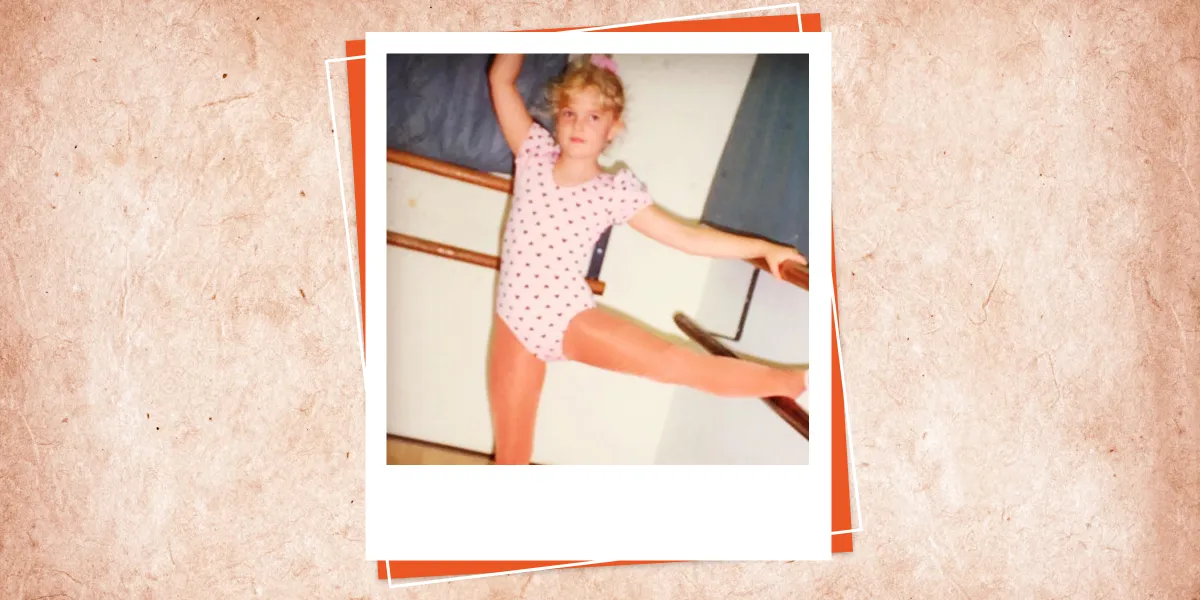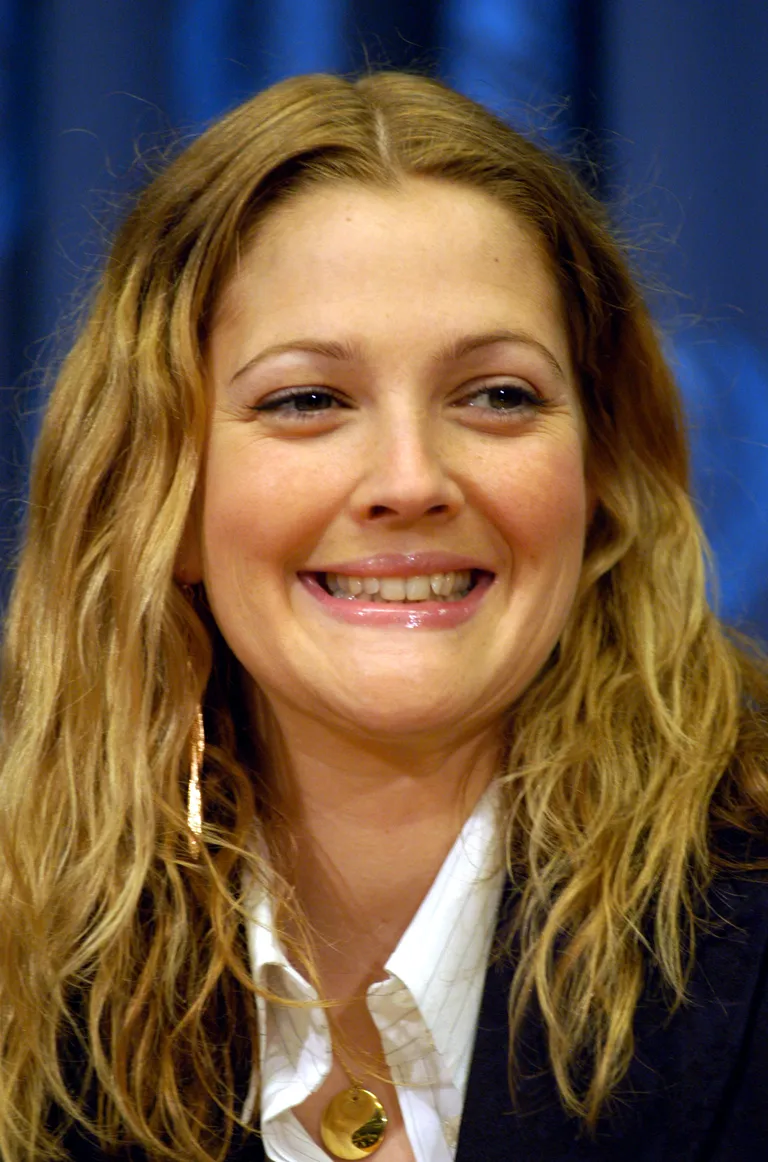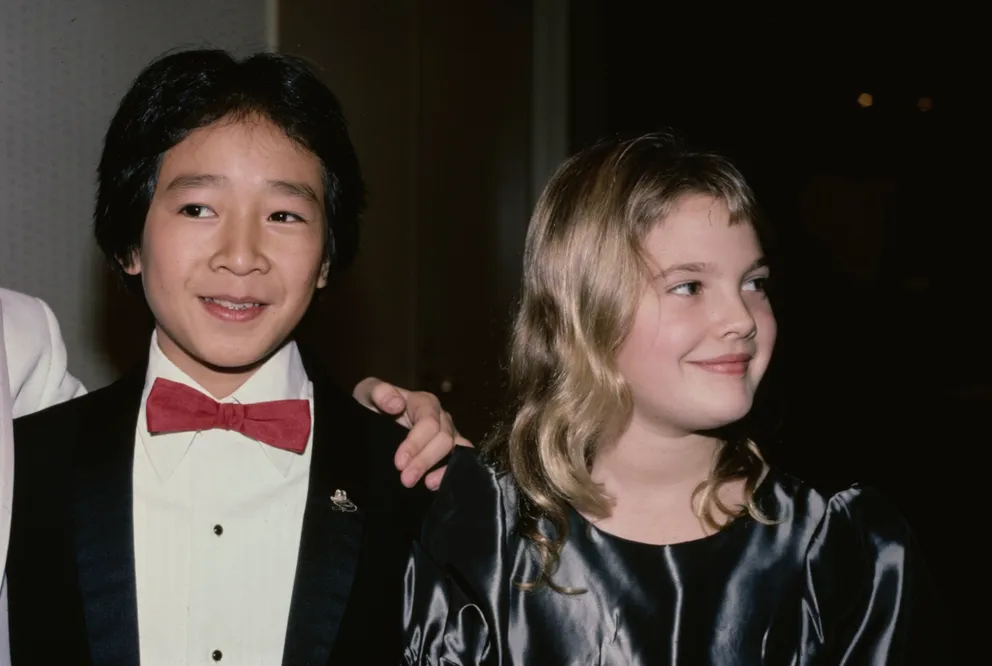
From child star to rom-com sensation, this actress faced addiction, institutionalization, and personal trials. Today, she’s a devoted mother, who put on hold her successful film career for the joys of parenthood.
In January 2022, a throwback photo surfaced, capturing a captivating glimpse into the life of a child star. In the snapshot, she appeared as a little girl, wrapped in sheets, surrounded by her favorite things.
In the caption, she explained that it was a moment captured from her morning when she realized she couldn’t spend the entire day in bed, so she playfully took everything on the bed with her.
Fans couldn’t help but swoon over the adorable, beautiful, and charismatic child she once was, reminiscing about her journey from a precocious youngster to the radiant adult she has become. One enthusiastic fan wrote:
“You’re actually one adorable kid back then and now you’re just beautiful.”
The story of this iconic actress, who took Hollywood by storm in her youth, is one marked by turbulence, transformation, and, ultimately, triumph. From the tender age of 11 months, she was thrust into the limelight, cast in a dog food commercial that hinted at the stardom that lay ahead.
“Wildflower”: The Memoir of an Extraordinary Life
Drew Barrymore’s journey, a remarkable one indeed, has culminated in her authoring a book titled “Wildflower,” a not-quite memoir composed of poignant essays that navigate the ebbs and flows of her extraordinary life.
Within its pages, she candidly recounts the transformative power of motherhood. Before her children came into her life, time was an elusive concept, and punctuality was often a stranger. Today, Barrymore may still arrive half an hour late but does so with sincere apologies, reflecting the profound change that motherhood has brought.Her memoir delves into her sense of not fitting in, her moments of clumsiness, her love for words, and her eagerness to correct others. It paints a vivid picture of a young woman searching for her place in a world that often felt alien.

But beneath her struggles lay a remarkably talented child. Her debut at the tender age of five in Ken Russell’s sci-fi horror, “Altered States,” was merely the prelude to the grand spectacle she would become. But it was Steven Spielberg’s “ET” that catapulted her to stratospheric fame.In a film brimming with adorable characters, her portrayal of Gertie stood out, endearing her to audiences worldwide. Following the whirlwind success of “ET,” she embarked on a period of rebellion and experimentation that shook her public image.
At just seven years old, Barrymore was already a film sensation, famously pouring Baileys over her ice cream in a way that captivated hearts all over the world. A notable interview with Johnny Carson showcased her precociousness, humor, and flirtatious charm.

But beneath the surface, her life was marred by her father’s alcoholism and her mother’s wild and often reckless behavior. After her parents’ divorce when she was just nine, she was introduced to the chaotic world of Studio 54 by her mother, where she was exposed to drugs and the company of famous young men.
At the tender age of eight, she already referred to herself as a “party girl,” accompanying her mother and her friends on nightly outings, sometimes up to five times a week. By 11, she grappled with a drinking problem, and at 12, she spiraled into addiction.
This tumultuous lifestyle led to her entry into rehab at the age of 12, followed by her support for Nancy Reagan’s “Just Say No” campaign. But the darkest hour struck at 13 when she made a desperate attempt on her own life, culminating in an 18-month stint in a hospital, where she battled addiction to alcohol and drugs. Barrymore shared:
“When I was 13, that was probably the lowest. Just knowing that I really was alone. And it felt… terrible.”
A rebellious spirit drove her to run away, and the reasons for her anger remained elusive. Eventually, she recognized that her parents, flawed and unable to cope, had played a part in her turbulent journey.
Despite the unconventional path they had set her on, she came to terms with her past, acknowledging that the institution her mother had placed her in had, in its own way, been what she needed. The institution, she reveals, was for the mentally ill, a place she couldn’t escape for a year and a half.The absence of any warning from her mother only deepened the pain. Occasional visits offered little solace in an otherwise isolating environment. Her time there, though harrowing, imparted a valuable sense of discipline, shaping her in ways that conventional schooling never could. She confessed:
“My mom locked me up in an institution. But it did give an amazing discipline. I needed that whole insane discipline.”
Remarkably, at 14, she took a courageous step and legally divorced her parents. Reflecting on those dark days, she acknowledges the loneliness and anger that consumed her as a teenager. Her 14-year-old self could scarcely have imagined narrating such a positive life story at the age of 40.
The fear of dying at 25 loomed large, but an inner conviction kept her from descending into the abyss. She held onto the belief that there was goodness, even in the darkest of times, and never allowed herself to be consumed by darkness. She gracefully addresses questions about her child stardom, emphasizing her youthful naivety.Exploitation was not a word she associated with her parents, but her father’s absence was a defining aspect of her upbringing. As she matured, her early success waned, and Hollywood cast her aside. Auditions became exercises in futility as casting directors often dismissed her audacity for even showing up.
Unemployable as an actor at 15, she began cleaning toilets at the age of 16. She found work in restaurants and took on odd jobs, unburdened by the pressure of past glories. Yet, she carried no bitterness, no expectation, thanks to a valuable lesson from her father. He told her that “expectations are the mother of deformity.”